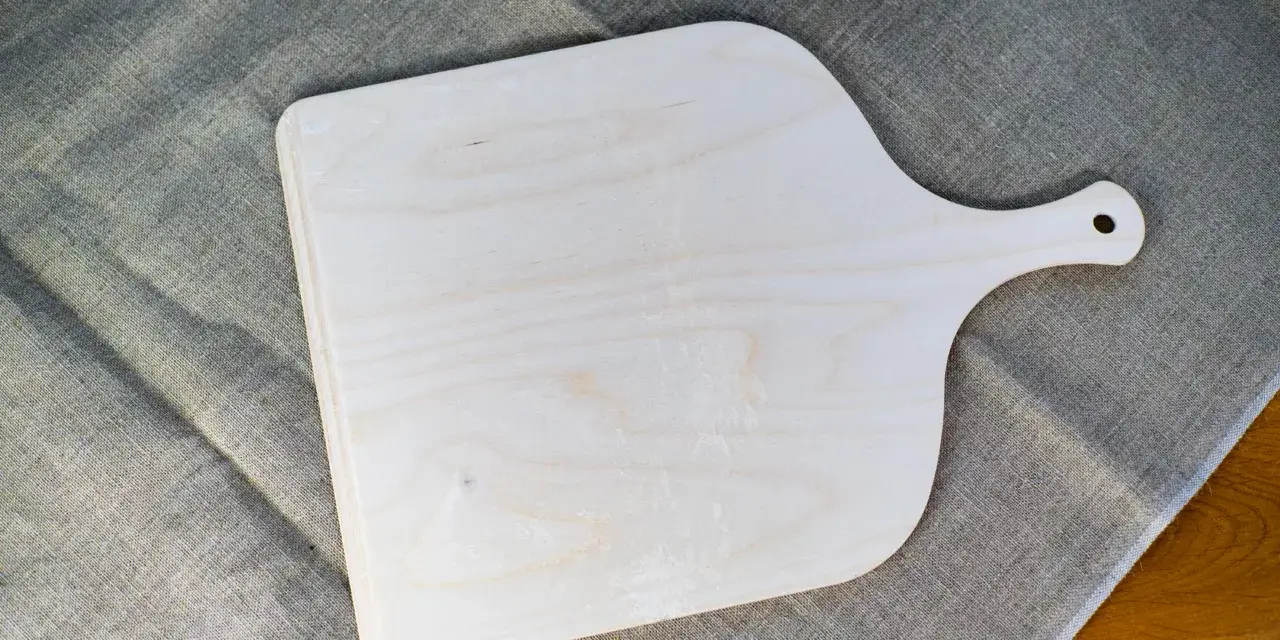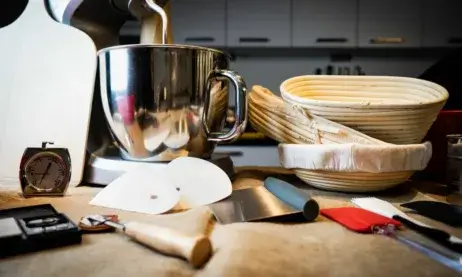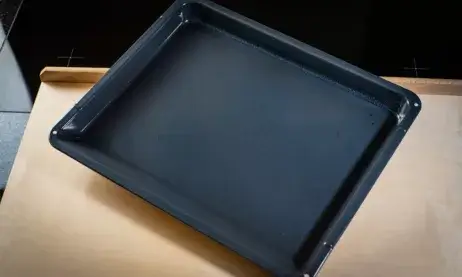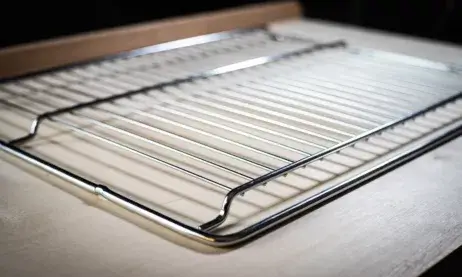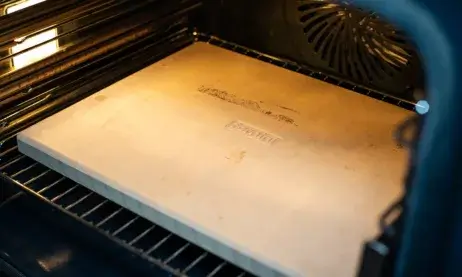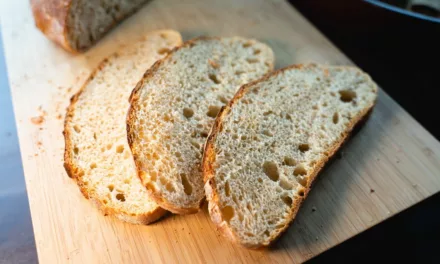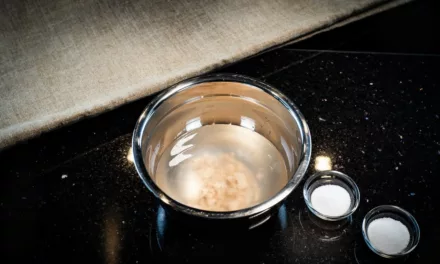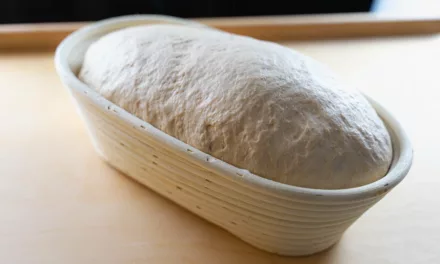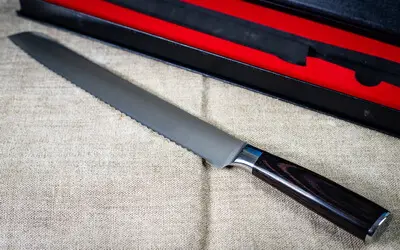Welcome to your ultimate guide on mastering the pizza peel for not only making pizza, but also baking bread and sourdough!This guide will unveil the secrets of this essential baking tool.
Ever struggled with transferring your perfect bread dough onto a hot baking stone or baking plate? The pizza peel is your answer, promising to elevate your baking game.
As a seasoned baker, I’ve experienced the magic this simple tool can bring to the kitchen. Ready to uncover the secrets of the pizza peel? Let’s dive in!
Table of Contents
- What is a Pizza Peel?
- Benefits of Using a Pizza Peel for Baking Bread and Sourdough
- Choosing the Right Pizza Peel for Your Needs
- How to Use a Pizza Peel
- Maintaining and Cleaning Your Pizza Peel
- Where to Buy
- Conclusion
- Frequently Asked Questions (FAQ)
What is a Pizza Peel?
A pizza peel, also known as a pizza paddle, is a tool used in baking to transfer pizza, bread, and other baked goods in and out of an oven. It’s a must-have for any baker, especially if you’re into making pizzas or bread at home.
Benefits of Using a Pizza Peel for Baking Bread and Sourdough
There are numerous benefits to using a pizza peel in your baking process. Here are just a few:
- Easy Transfer: A pizza peel allows for easy transfer of bread and sourdough onto a hot baking stone or steel, reducing the risk of burns.
- Versatility: From handling our classic pizza made from all-purpose flour to managing the slightly different one with hard wheat semolina, a pizza peel’s utility extends beyond just pizzas. It’s your go-to tool for transferring bread, sourdough, and other baked goods
- Durability: Pizza peels are typically made of durable materials like wood or metal, ensuring they last for years.
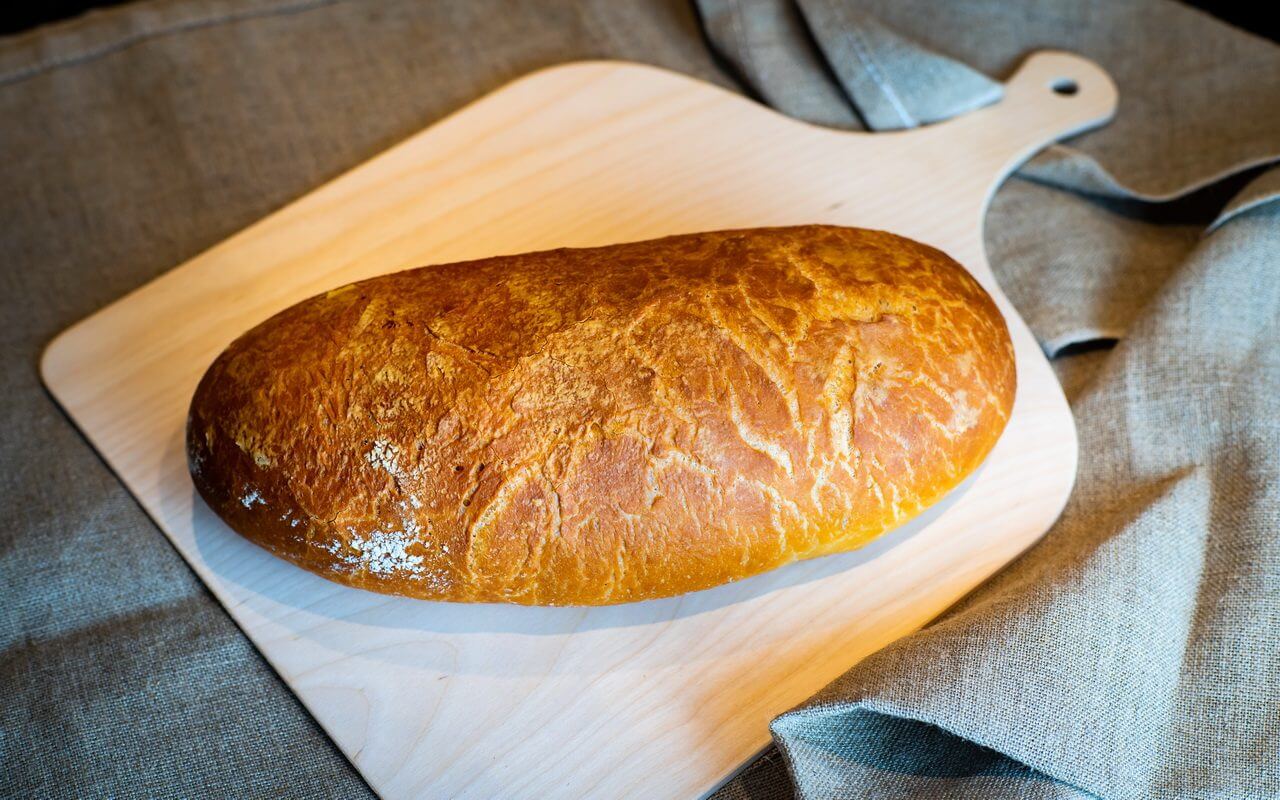
Choosing the Right Pizza Peel for Your Needs
Choosing the right pizza peel depends on your specific baking needs. Here are a few factors to consider:
- Material: Pizza peels come in various materials like wood and metal. Wood peels are great for launching the dough into the oven, while metal peels are ideal for rotating and retrieving the baked goods.
- Size: Consider the size of your oven and the baked goods you typically make. A larger peel might be necessary for larger breads or pizzas.
How to Use a Pizza Peel
Using a pizza peel is straightforward, but it does require a bit of technique. Here’s a step-by-step guide:
- Prepare the Peel: Dust the surface of the peel with flour or cornmeal to prevent the dough from sticking.
- Prepare the Dough: Shape your dough on the peel. Whether you’re making a rustic sourdough loaf or a classic pizza, this is the time to finalize your shape.
- Transfer to the Oven: With a quick, confident motion, slide the peel under the dough and then transfer it to your preheated baking stone or steel in the oven.
- Retrieve the Baked Goods: Once your bread or pizza is baked to perfection, use the peel to carefully slide under the baked goods and remove them from the oven.
Remember, practice makes perfect! Don’t be discouraged if you struggle a bit at first. With time, you’ll be handling the peel like a pro.
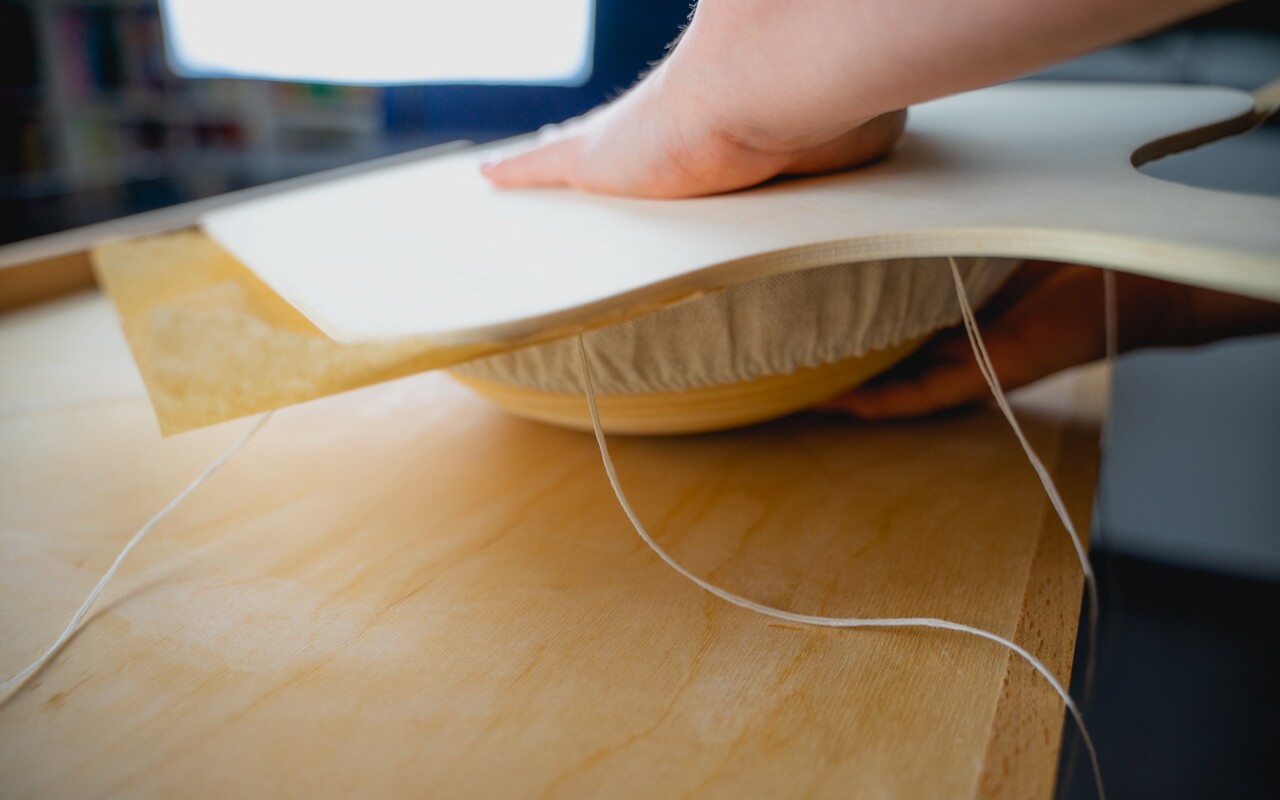
Maintaining and Cleaning Your Pizza Peel
Proper maintenance and cleaning are key to ensuring
your pizza peel lasts for years. Here are some tips:
- Cleaning: After each use, wipe the peel with a dry cloth to remove any leftover flour or dough. If necessary, use a damp cloth, but avoid using soap as it can seep into the wood and affect the taste of your baked goods.
- Drying: Always allow the peel to dry completely before storing it to prevent mold and mildew.
- Oiling: If your peel is made of wood, consider oiling it occasionally with food-grade mineral oil to keep the wood from drying out.
- Storing: Store your peel in a dry place away from extreme temperatures.
Remember, a well-cared-for pizza peel is a baker’s best friend!
Where to Buy
Ready to add a pizza peel to your baking arsenal? You can find a variety of options on Amazon. Be sure to get one that is durable, easy to handle, and perfect for baking bread and sourdough.
You could go for a wooden one (which I personally prefer) or aluminum with an extra Pizza cutter:
No products found.
Conclusion
A pizza peel is more than just a tool for pizzas. It’s a game-changer for baking bread and sourdough, making the process of transferring dough to a hot oven safer and easier. With a bit of practice, you’ll wonder how you ever baked without one. So why wait? Start your baking journey with a pizza peel today!
Frequently Asked Questions (FAQ)
How to transfer bread dough using a pizza peel?
Transferring bread dough using a pizza peel is simple. Just dust the peel with flour or cornmeal, place your shaped dough on the peel, and then slide it onto your preheated baking stone or steel in the oven.
What are the best pizza peels for baking bread?
The best pizza peels for baking bread are those that are sturdy, have a thin edge for easy dough transfer, and are large enough for your bread. Wood peels are great for launching the dough into the oven, while metal peels are ideal for rotating and retrieving the baked goods.
Can you use a pizza peel for baking sourdough?
Absolutely! A pizza peel is perfect for baking sourdough. It allows for easy transfer of the dough into the oven, and the thin edge of the peel can slide under the baked sourdough loaf for easy retrieval.
How to use a pizza peel with parchment paper for easy transfer?
To use a pizza peel with parchment paper, simply place a sheet of parchment paper on the peel before placing your dough on top. The parchment paper will act as a non-stick surface, allowing you to easily slide the dough onto your baking stone or steel.
What are the maintenance tips for a pizza peel?
Maintenance tips for a pizza peel include cleaning it after each use with a dry or damp cloth, allowing it to dry completely before storing, oiling it occasionally if it’s made of wood, and storing it in a dry place away from extreme temperatures.
Remember, if you’re new to baking or looking to improve your skills, check out our guide on bread making for beginners and happy baking!

